About 100 botanical species from different families received the name "stone" or "iron" tree for its unusually hard, dense wood. Many of them are inhabitants of arid tropical regions, where plants have many adaptations for life in adverse conditions. Almost all hard rocks trees are widely used on the farm for the manufacture of lumber, structures, decorative elements. Thanks to the traditions of the peoples of Africa in Europe, they learned to use nourishing and healing oil from the fruits of the iron tree - prickly argan and another plant with hard wood - amazing vitellaria (shea).
Why are trees made of iron?
Since ancient times, the behavior of an object in water has been one of the main household criteria for assessing its weight and hardness. Modern appliances confirmed the conclusions made by people in antiquity. Dozens of tree species on different continents are called "stone" or "iron" for dense, heavy wood. Interestingly, this feature is one of the adaptations for survival in conditions high temperatures and lack of moisture. Botanical species with heavy wood are characterized by slow growth and longevity. In addition, plants are protected from decay and pests with resins and tannins.
Any iron tree sinks in water - it is 2-3 times harder, heavier and denser than linden or pine. But the wooden "analogues" of iron are clearly not up to its performance (6.6 g / cm3). Of the usual middle lane of plants, oak and birch have a significant density - 0.65-0.72 (at a moisture content of 15%).
What trees are called "iron" in Africa?
Sometimes only by botanical terms you can guess which of the iron trees in question. Let's start the review with the hottest continent on earth. To avoid confusion, here are the names of plants with heavy, hard wood - Latin and Russian:
Argania spinosa - prickly argan. A relic plant preserved in Morocco and Algeria.
Lophira alata - winged lofira, azobe. Another African iron tree, grows in the tropical regions of the mainland.
Butyrospermum parkii (Vitellaria paradoxa) - Shea (Wittelaria amazing). It grows in the Congo Valley in West Africa.
In what regions of Eurasia does the iron tree grow?
Betula schmidtii - Schmidt birch, iron birch. Found in forests Far East Russia, Japan, North Korea.
Mesua ferrea - iron mesua. The plant is widely cultivated in South and South-East Asia. The poisonous resin is used for medicinal purposes.
Parrotia persica - Persian parrotia, iron tree (photo presented in the article). A relic plant of the subtropics of Iran and Azerbaijan.
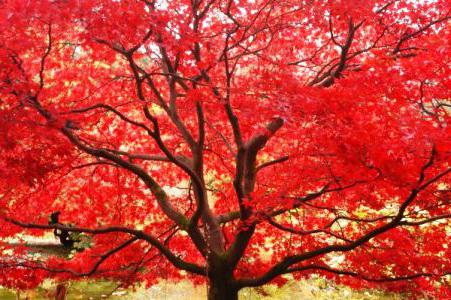
Tectona grandis is teak wood. Source of valuable wood. It grows in monsoon forests in southeast Asia. There is an increased demand for hardwoods in European countries importing teak from Asia.
America has its own hardwoods
Guaiacum officinale is a guaiac or bacout tree. Endemic to the northern regions and islands of Latin America.
Caesalpinia ferrea - iron caesalpinia, Brazilian iron tree. The plant in its homeland of Brazil is on the verge of extinction.
Guayacum in Central America, The Caribbean has long been valued not only for hardness. Wood serves as a source of fragrant resin. This substance - guaiacol - is used as a stimulant. Medical research has confirmed the medicinal value of the resin. The density of guaiacum wood is 2 times higher than water, the bark is thin, easily destroyed.
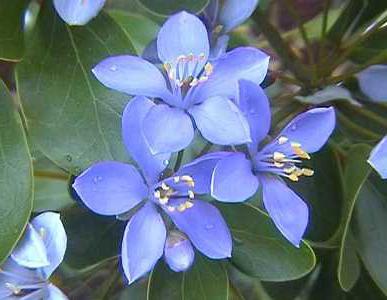
Relic argan oil is the most valuable product
Argan is one of the trees called "iron". The relic plant is found in a limited area of Morocco and Algeria. The sands of the Sahara are advancing on this ancestral land of the Berbers, which threatens the disappearance of an entire layer of North African culture. Therefore, the territory is under the protection of UNESCO.
The Berber tribe considers argan a source of life, uses wood for construction, heating. Iron tree oil is extracted from the fruits - the most valuable raw material for cosmetology and cooking. Argan is one of the most expensive fatty oils. To obtain it, a lot of raw materials and manual labor are spent.
The cosmetic value of argan oil lies in moisturizing, nourishing, protective qualities. Explained beneficial features product high in vitamins, organic alcohols and other biologically active compounds.

Not only argan, many other iron trees are relict and endemic plants. For example, the Schmidt birch has been preserved in the forests of the Far East since the preglacial era. Hard rocks are valued and widely used in various industries, from house building to the chemical industry that processes waste. As a rule, the strong, hard, wear-resistant wood of iron trees is used in construction, furniture production, mechanical engineering. For medicinal, cosmetic and household purposes, extracts and oils obtained from various iron trees are used.
iron tree(parrotia)
Remember the children's horror story: “In one black-black forest there is a black- ebony... ". The ebony is indeed surrounded by a mystical halo. The figures carved from it served as a talisman and at the same time were used in black magic. A tree-healer, a tree of death and a source of energy ...
Parrotia, ironwood (parrotia), a genus of plants in the family Hamamelidaceae. The only species is Persian Parrotia (P. persica), deciduous tree 15-25 m high, trunk diameter 40-90 cm. Crown of a tree with numerous branches growing together, sometimes with branches of neighboring trees. As a result, peculiar and almost impenetrable thickets are formed. In the mountains (up to 700 m, sometimes higher) and foothills, as a rule, it has a slender trunk and a well-developed crown. Well developed superficial root system ensures the stability of the tree against the windblow. The bark is reddish-brown, smooth, peeling off after rains in large plates. The tree grows slowly, lives up to 200 years. Parrotia is widespread on the southwestern and southern coasts of the Caspian Sea: in Eastern Transcaucasia (Talysh, singly in the Alazani Valley), in Northern Iran. She has very valuable wood. It also differs in its specific features: it sinks in water, and in winter time its leaves, even turning yellow, do not fall to the ground. Propagated by seeds, shoots coming out of the root throat, shoots rising from the roots, and branches taking root when touching the ground. This ability to reproduce leads to resistance to negative influences. environment. Currently, this unique specimen of flora is included in the Red Book of the World.
Man has always used valuable and unusual in color and structure ebony wood. It is highly durable and resistant to any form of biological attack: even the ubiquitous termites do not like ebony. It is perfectly polished, and after machining the surface becomes perfectly smooth, mirror-like. Interestingly, we traditionally consider wood to be a “warm” material, but polished ebony is cold to the touch and more like metal in weight and texture. because of high density and water-repellent properties, ebony is ideal for the manufacture of high-quality musical instruments, especially wind instruments - clarinets, flutes, oboes. It is used for piano keys, fingerboards and handles of guitar necks, as well as shells. The neck of the guitar, made of ebony, shifts the center of gravity of the instrument, which is especially appreciated by professional performers. Ebony is also used to make exclusive chess sets (naturally, black pieces are cut out of it), as well as knife handles and souvenir products. But the use of ebony for the manufacture of furniture is especially interesting. It has been used for inlay and veneering since the 17th century. And when import tariffs were reduced in 1733, ebony and no less exotic mahogany began to be used almost everywhere. AT early XIX century, this practice received an additional impetus: interest in ancient civilizations gave rise to a wave of imitation of Egyptian, Greek and Roman furniture, and curule chairs, for example, came into fashion. Being made of ebony, they were quite strong despite their external fragility and elegance. And today, ebony, which gives furniture strength, a modern and noble look, is used quite often. As with mahogany, ebony has been counterfeited quite often. The simplest way identify a fake - take the figurine in your hands and feel its weight. Ebony crafts are always noticeably heavier, and even small ones can be very weighty.
Today, the hardness of a tree is determined using several methods. There are density ratings for all trees. Based on the hardness, they determine where and what kind of wood to use.
The hardest woods
According to the obtained hardness data, a list of the hardest trees has been compiled. It included white acacia. This tree is in large quantities grows in Europe, anywhere from North America.
Brazilian cherry, scientifically called jatoba, is second in hardness. It should be noted that this tree has nothing in common with plants of the genus "cherry". AT South America sucupira grows. Its wood is not only practical, but also decorative, as it has interspersed light veins that contrast with the reddish-brown wood. It is known that fungi and pests of sucupire are not terrible. Despite the fact that wood is difficult to process, it is well polished.
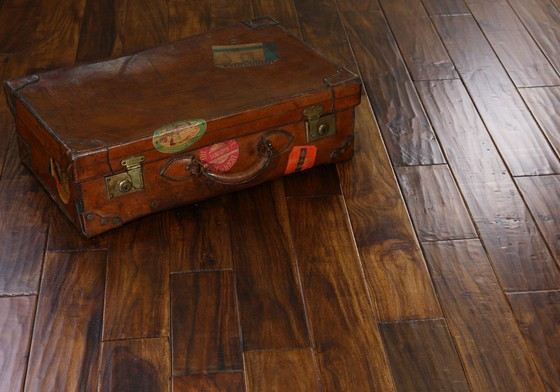 Brazilian cherry is not only durable, but also a beautiful tree.
Brazilian cherry is not only durable, but also a beautiful tree.
There is such wood from the category of hard ones, like African turbidity. It is unusual that in structure it is similar to teak, and in color it resembles walnut. In Central America, there is an amaranth tree, which has a dense but flexible wood that has a red-violet hue and a large expressive structure. Amaranth is difficult to process and varnish, however, single accessories and expensive furniture are made from its wood.
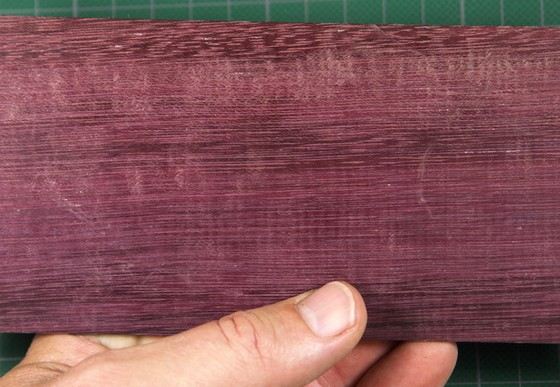 Durable amaranth tree has an unusual color
Durable amaranth tree has an unusual color
Merbay is another type of hardwood. It is easy to process, easy to polish and resistant to moisture. These properties make it ideal for the production of parquet, bathroom decoration. The well-known Canadian maple growing in North America, otherwise called sugar maple. it solid wood is the symbol of Canada.
Yarra is an Australian eucalyptus. Due to the similarity of its wood with mahogany, the tree is also called Australian mahogany. Wood is considered solid rosewood. His homeland is Brazil. It is an indispensable material for the manufacture of musical instruments and furniture for presentable objects.
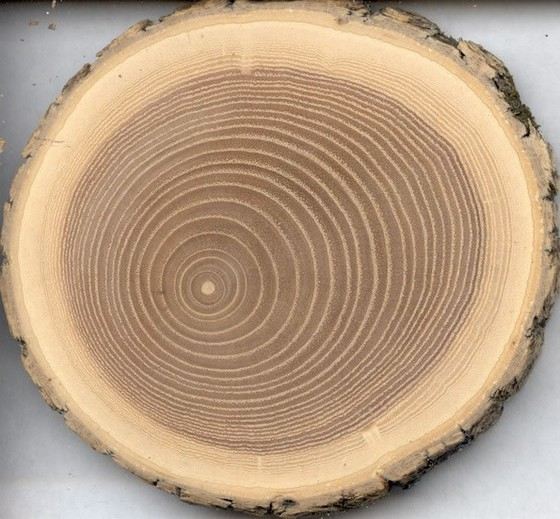 Oak is strong and beautiful wood
Oak is strong and beautiful wood
The hardest tree in Russia
Russia is rich in forests. Birch Schmidt - a resident of the reserve "Kedrovaya Pad", located in Primorye, is the hardest in the country. This birch is one of the representatives of the so-called iron trees. Due to the extremely hard wood, bullets bounce off it, it instantly sinks in water, has the property of self-preservation, does not rot and is stronger than cast iron. It is believed that bearings for machines can be made from this tree.
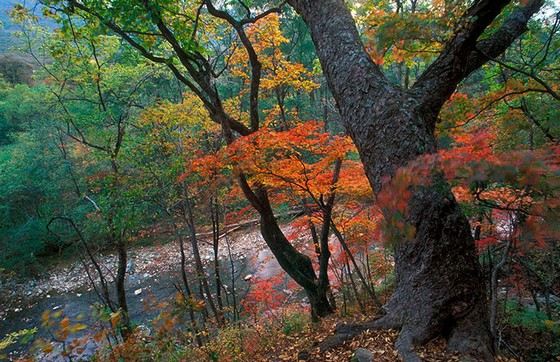 Schmidt birch is called an iron tree because of its strength.
Schmidt birch is called an iron tree because of its strength.
The birch got its name in honor of the botanist who discovered it by the name of Schmidt. This tree grows on the slopes of ravines at the exit of rocks, as it loves rocky soil. The birch always has an inclined state of the trunk. Usually it is comb-shaped and does not exceed eighty centimeters in girth. Iron birch reaches a height of twenty-five meters, but the crown begins only at a height of eight meters. These trees are considered long-lived. On average, the Schmidt birch lives about three hundred and fifty years.
What is hardwood made of?
Hardwoods are used in many areas, depending on the species. So from the Brazilian cherry, which is called jatoba, canes, billiard cues, furniture, parquet are made. But in shipbuilding, this wood is not used, as it deteriorates in sea water.
 Brazilian cherry parquet and furniture
Brazilian cherry parquet and furniture
Acacia wood has a yellow tint. She was known even to cabinetmakers, as she does not rot and does not wear out. Acacia wood is used to make parquet, which is considered stronger than oak, and over the years it becomes more beautiful.
Marbau wood, due to its increased hardness, is used during construction. public buildings, and also make parquet from it. It is used in the design of wet rooms, as it is not afraid of water.
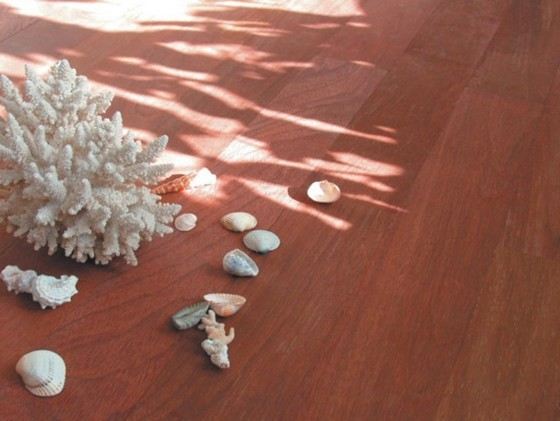 Marbau wood is not only very durable, but also moisture resistant.
Marbau wood is not only very durable, but also moisture resistant.
From durable wood ash trees used to make not only hunting tools, but also military tools, spears and clubs. Beech wood is known to bend easily when steamed. This property is indispensable in the manufacture of rounded furniture, including Viennese chairs. Beech is used to produce rifle butts, weaving shuttles and even musical instruments. In addition, plywood and containers are made from beech, beech parquet and measuring instruments are known.
The tree with the strongest wood
It is reliably known that the most durable, in other words, “iron” wood, is in trees, which are called “iron trees”. It is so strong that sometimes it exceeds iron in this indicator. Even nails and machine parts can be made from it. There are several types of trees and they grow in different parts planets. Here are some examples of these miracle trees.
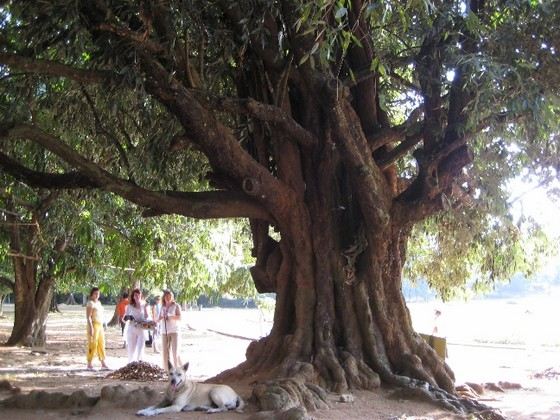 The strongest iron tree in the world
The strongest iron tree in the world
The Schmidt birch, whose wood is one and a half times stronger than cast iron, grows in Primorsky Krai, another owner of iron wood grows in Brazil - this is an Amazonian tree, in Africa such a representative is called azobe. Taxus (or yew) also belongs to iron trees, it is absolutely not subject to rotting, it is also called "non-rot-tree". Azerbaijan and Iran are the birthplace of an iron tree called temir-agach, and Persian parrotia grows in the Northern Irish and Transcaucasian forests.
Trees are champions not only in strength, but also in size. According to the site, the most a big tree in the world has reached a height of more than 150 meters.
Wood was one of the first materials available to mankind. From it they made the first weapons, the first household items and built dwellings. Then, a long time ago, still not having knowledge of hardness and strength, people paid attention to the different strengths of wood, and for this some species were called iron wood.
AT modern world methods for determining hardness have long been developed, for example, using the Brinell and Rockwell methods.
They consist in forcing the test specimen with a ball (Brinell) and a Rockwell diamond with the same force, and then measuring the resulting depressions. Having thus experienced different varieties wood, people have compiled a list of the hardest types of wood. The list below shows Brinell hardness.
1. Yatoba, hardness - 7.0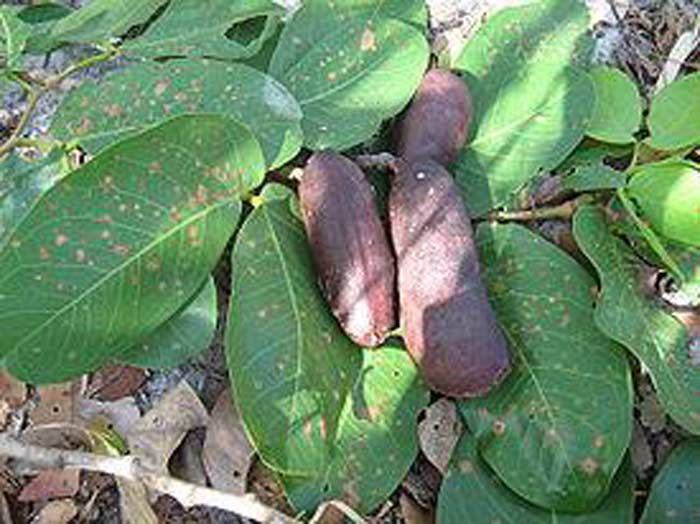
Often referred to as the Brazilian or South American cherry, the jatoba is not related to plants in the Cherry genus.
Tree up to 40 meters high with a wide crown. Young shoots are covered with brown hairs. The leaves are compound, consisting of two broadly crescent pointed leaves up to 7.5 cm long.
2. Sucupira, hardness - 5.6
Sucupira grows in South America, mainly in Brazil, Colombia, Venezuela.
Mature wood has beautiful reddish-brown tones interspersed with light or yellowish narrow veins and a characteristic, easily recognizable texture. It is very decorative and at the same time practical. Sucupira wood is durable, contains oily substances, is not damaged by pests and tree fungi. It is processed relatively hard, but it is well ground and polished.
3. Turbidity, hardness - 5.0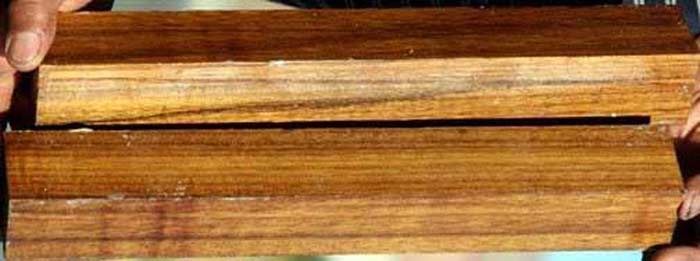
Mutania is an African wood species
The mutenia is distinguished by several aspects, in which the color of the wood is similar to the color of walnut wood, and the structure of the wood is clearly similar to teak wood.
4. Merbau, hardness - 4.9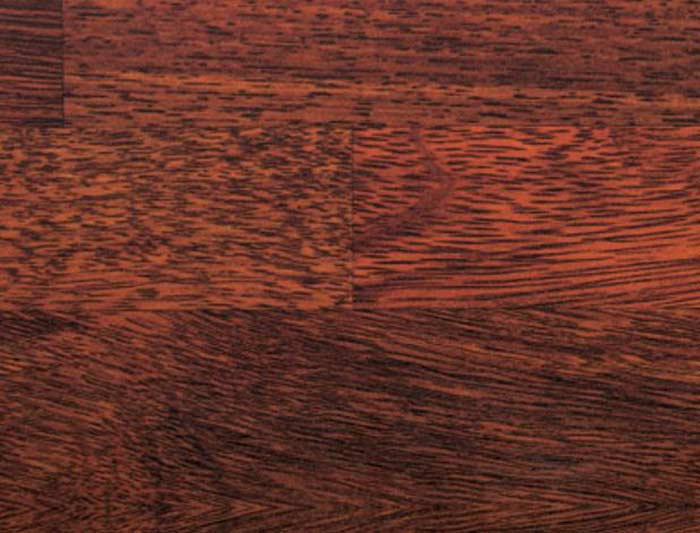
Red-brown wood of merbau species, for the most part obtained from the species Intsia palembanica or Intsia bijuga, similar in structure, properties and color to the wood of trees of the genus Afzelia, hard and highly polished. Its density is about 800 kg/m.
In Europe, this wood is used primarily for the manufacture of parquet. Its special hardness makes it suitable for the construction of public buildings. Due to its resistance to moisture, it is also used in the design of bathrooms.
5. Canadian maple, hardness - 4.8 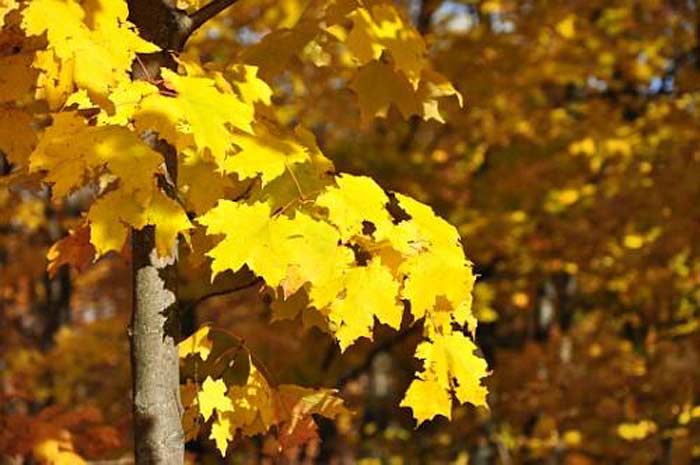
The sugar maple is a deciduous tree of the Sapindaceae family, native to eastern North America.
A stylized image of a sugar maple leaf occupies the central part of the national flag of Canada, it is also a symbol of this country, hence the second name Canadian maple.
6. Yarra, hardness - 4.7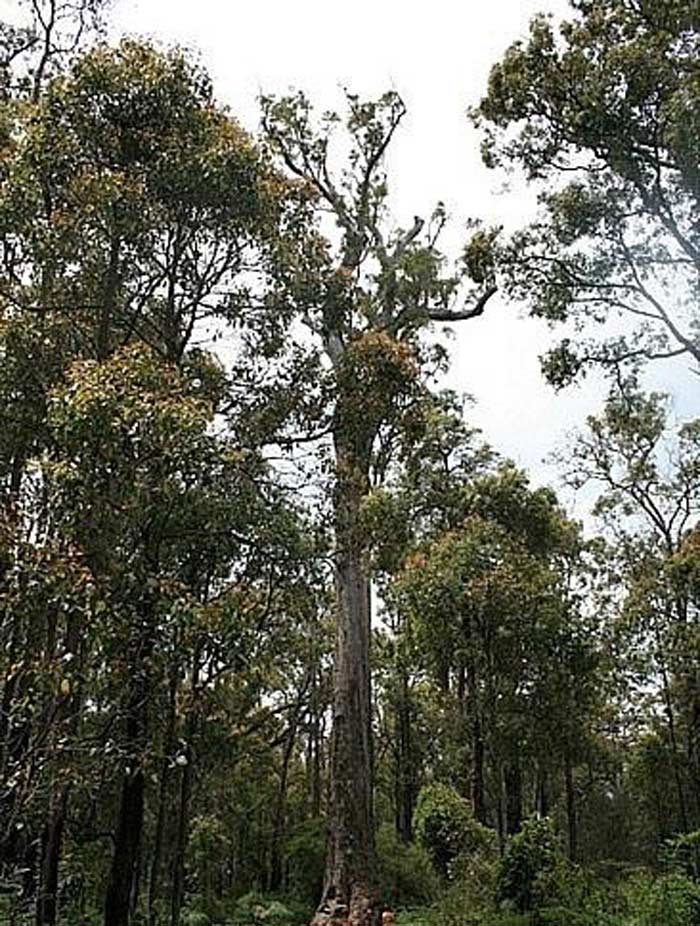
Yarra is the wood of the Australian eucalyptus species Eucalyptus marginata of the Myrtaceae family.
Yarra wood resembles mahogany in color and texture, and is therefore often referred to as "Australian Mahogany". However, the yarra is distinguished by a particularly bright color - it is characterized by all shades of red, mainly from light pink to dark red. It gets dark in the light. The wood is very decorative, dense, hard, well sanded and polished. Brinell hardness: about 5.
7. Rosewood, hardness - 4.4
Rosewood, bahia - wood obtained from the subtropical tree Dalbergia decipularis from the genus Dalbergia (Dalbergia). It grows exclusively in Brazil. Rosewood wood is characterized by color - from yellow to pink with a red pattern, and the smell of roses. This very hard and dense, highly polished wood is used in the manufacture of furniture for small expensive objects such as humidors, as well as in the manufacture of musical instruments.
8. Ash, hardness - 4.0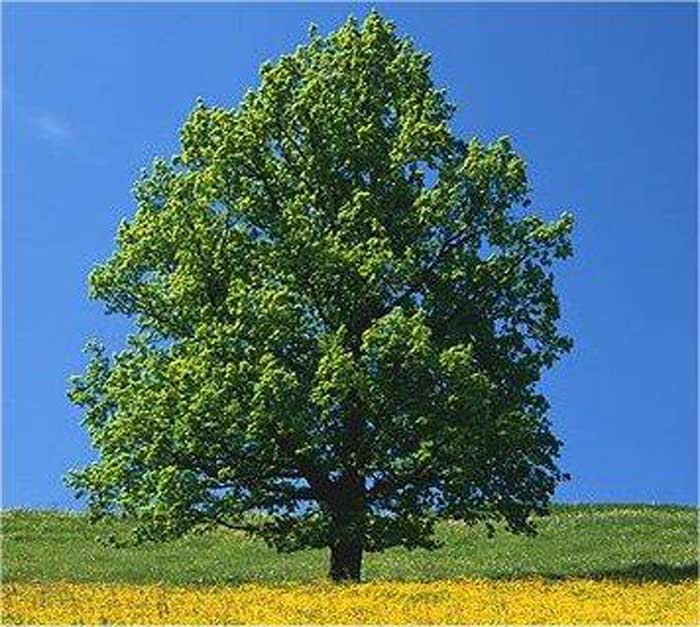
Ash - genus woody plants from the olive family. Representatives of the genus are trees 25–35 m high (some specimens up to 60 m) and trunk diameter up to 1 m, with an elongated ovoid, highly raised, wide-rounded crown and thick, sparse branches. Ash wood, due to its elasticity and strength, was used for the manufacture of military and hunting weapons. Stakes and battle clubs were made from ash, which turned out to be heavy, strong and elastic. The ancient Novgorodians made bows from five ash plates glued together with bone glue. Bear spears, spears, arrows, poles are examples of ash hunting tools.
9. Oak, hardness - 3.8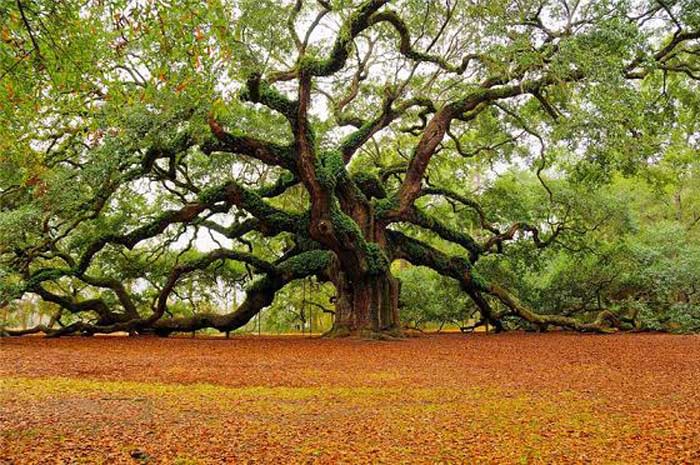
Oak is a genus of trees and shrubs of the Beech family.
The genus includes approximately 600 species. The natural habitat of the oak is the regions of the Northern Hemisphere with a temperate climate. Oak drill and ornamental forests are mainly produced by the named Russian-European species. Oak wood is distinguished by strength, strength, density, hardness and heaviness. The properties of wood depend on the growing conditions of the tree.
10. Beech, hardness - 3.8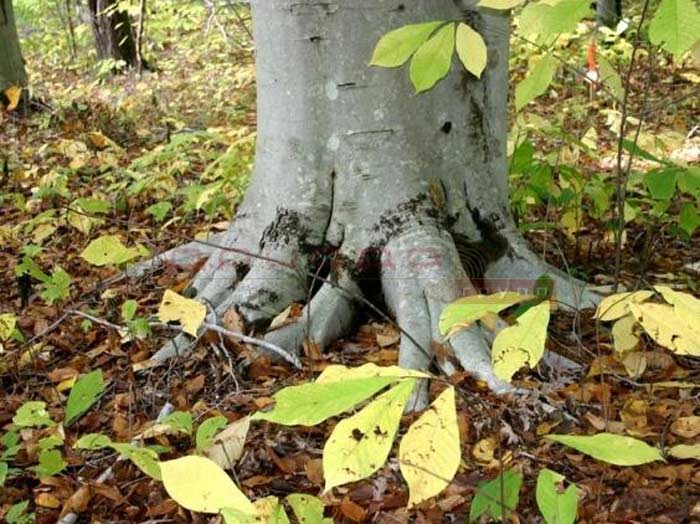
Beech is a genus of broad-leaved trees of the Beech family. The height of the trees is up to 30 m, the thickness of the trunk is up to 2 m. The trunk is smooth, covered with a thin layer of gray bark. In a beech, which has a dense crown of whole-leaved leaves, the upper branches shade the lower ones so much that the latter, not having the access of light necessary for photosynthesis, gradually die off and fall off. As a result, the beech tree in the forest almost to the very top is devoid of branches, and its crown is supported, as it were, by bare pillars. This property is characteristic of all species of the genus Beech. Beech wood is often used to make various products: musical instruments, in particular guitars, plywood, parquet, wooden containers, weaving shuttles, gun stocks, measuring tools and others. Steam-treated beech bends easily. This feature allows the use of beech wood in furniture industry in the manufacture of Viennese chairs and rounded parts.